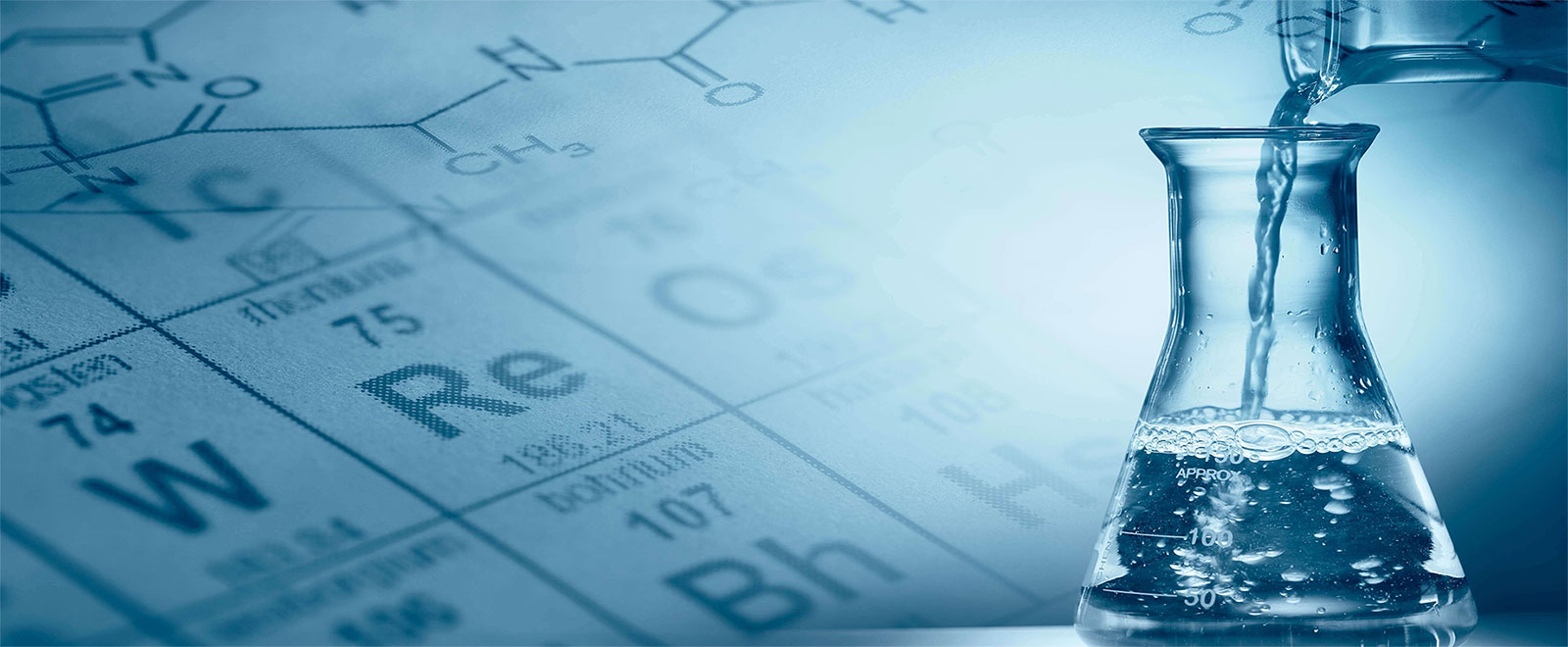***Introduction***
UV radiation and Electronic Excitations
The difference in energy between molecular bonding, non-bonding and anti-bonding orbitals ranges from 125-650 kJ/mole. This energy corresponds to EM radiation in the ultraviolet (UV) region, 100-350 nm, and visible (VIS) regions 350-700 nm of the spectrum.Process
Using IR we observed vibrational transitions with energies of 8-40 kJ/mol at wavelengths of 2500-15,000 nm. For purposes of our discussion, we will refer to UV and VIS spectroscopy as UV.In UV spectroscopy, the sample is irradiated with the broad spectrum of the UV radiation. If a particular electronic transition matches the energy of a certain bandof UV, it will be absorbed. The remaining UV light passes through the sample and is observed. From this residual radiation a spectrum is obtained with “gaps” at these discrete energies – this is called an absorption spectrum
Observed electronic transitions
The lowest energy transition (and most often obs. by UV) is typically that of an electron in the Highest Occupied Molecular Orbital (HOMO) to the Lowest Unoccupied Molecular Orbital (LUMO). For any bond (pair of electrons) in a molecule, the molecular orbitals are a mixture of the two contributing atomic orbitals; for every bonding orbital “created”from this mixing (s, p), there is a corresponding anti-bonding orbital of symmetrically higher energy (s*, p*). The lowest energy occupied orbitals are typically the s; likewise, the corresponding anti-bonding s*orbital is of the highest energy. p-orbitals are of somewhat higher energy, and their complementary anti-bonding orbital somewhat lower in energy than s*. Unshared pairs lie at the energy of the original atomic orbital, most often this energy is higher than por s(since no bond is formed, there is no benefit in energy)Selection Rules
- Not all transitions that are possible are observed
- For an electron to transition, certain quantum mechanical constraints apply –these are called “selection rules”
- For example, an electron cannot change its spin quantum number during a transition –these are “forbidden”
- Other examples include:
- the number of electrons that can be excited at one time
- symmetry properties of the molecule
- symmetry of the electronic state
















